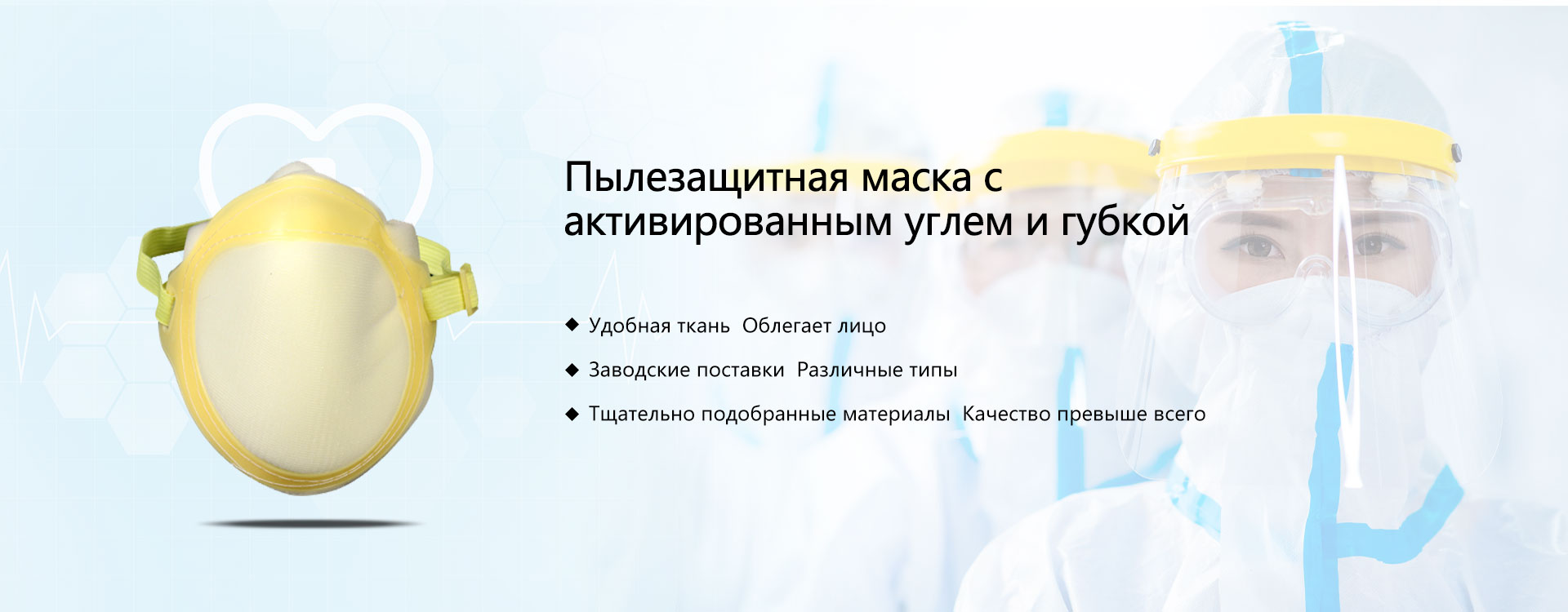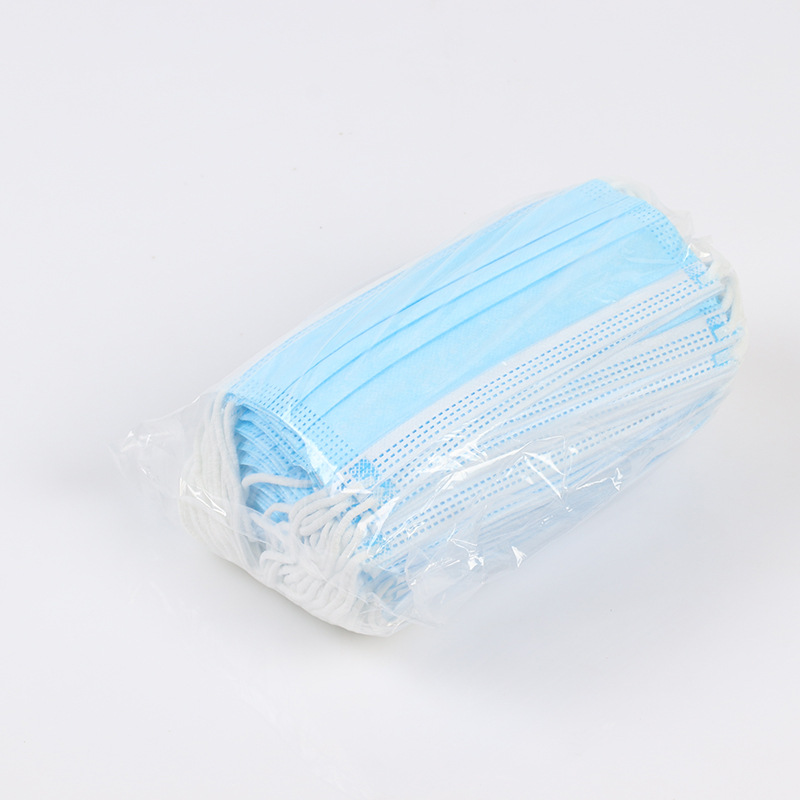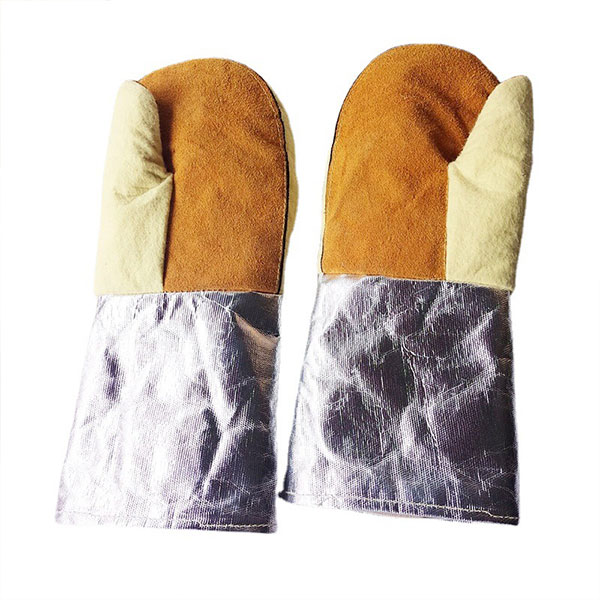
Non -woven disposable masks
Non -woven disposable masks: protection and comfort in everyday life
In the modern world, especially after the pandemic, disposable masks have become an integral part of our lives. They serve as a reliable barrier, protecting us and others from the spread of viruses and bacteria. But not all masks are created equal. Non -woven disposable masks deserve special attention that have several advantages over other options.
Material and production:
Non -woven masks are made of special fibers, which are intertwined, creating filtering material. Unlike fabric masks, non -woven ones do not require complicated sewing and provide a more uniform density, which directly affects the effectiveness of filtration. The production of such masks is aimed at maximum sterility and compliance with hygiene norms. Hypoallergenic materials that minimize the risk of skin irritation are usually used.
Efficiency and convenience:
The key advantage of non -woven masks is their high filtration efficiency. They reliably delay microscopic particles, preventing the spread of airborne infection. With proper use, the mask serves as a reliable protection for both the person wearing it and for others. In addition, non -woven masks, as a rule, are quite light and comfortable in sock, without causing a sense of discomfort or difficulty breathing. Their convenience is especially important with prolonged use. Many models have elastic ears loops, tightly adjacent to the face without unpleasant sensations.
Disposal and environmental aspects:
Disposable masks, of course, create the problem of disposal. It is important to remember the need to properly display the products used. Masks should be disposed of in special containers for medical waste to prevent the spread of infections. Despite the environmental challenges associated with disposable use, non -woven masks make it possible to achieve a high level of hygiene and protection against diseases, which is an undoubted plus in the fight against infections. Gradually, biodegradable variants of masks also appear, which helps to solve an environmental problem.
AppropriateProducts
Corresponding products
The best soldproducts
The best -selling products-
 Gloves made of heat -resistant aluminum foil with oxide skin to protect labor
Gloves made of heat -resistant aluminum foil with oxide skin to protect labor -
 Clean shield disposable civilian flat three -layer mask
Clean shield disposable civilian flat three -layer mask -
 Honeywell 950 KN95 masks
Honeywell 950 KN95 masks -
 Dust respirator from dust
Dust respirator from dust -
 Disposable mask with three layers of protection
Disposable mask with three layers of protection -
 Antistatic workwear
Antistatic workwear -
 Aluminum foil gloves with aramid oral skin
Aluminum foil gloves with aramid oral skin -
 Gloves resistant to low temperatures cold storage of antifreeze with liquid nitrogen protection
Gloves resistant to low temperatures cold storage of antifreeze with liquid nitrogen protection -
 Anti -School Christmas tree Berushi with a wire of 1270 Silicone Berushi
Anti -School Christmas tree Berushi with a wire of 1270 Silicone Berushi -
 Thermal insulation cover for legs from aluminum foil protective shoe covers
Thermal insulation cover for legs from aluminum foil protective shoe covers -
 Disposable gloves
Disposable gloves -
 Labor protection mask is a clean shield 7000 mask from dust
Labor protection mask is a clean shield 7000 mask from dust
Connectedsearch
Related search- Cheap disposable gloves gloves price
- Suppliers of respiratory semi -masks in China
- welder gloves 5
- Plants for the production of counterparts in China
- Wholesale workshop workers of the factory
- Chinese factories for the production of counter -gas respirators
- Cheap disposable rubber gloves manufacturers
- Cheap winter gloves of welders of 5 main buyer countries
- Cheap disposable nitrilum gloves without powder factory
- The price of respirators of gas masks in China












